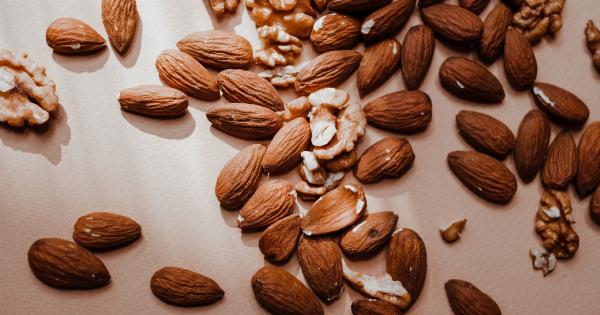When you reach for a carton of milk in your fridge, have you ever wondered what exactly is inside? Milk is a staple in many households, consumed for its nutritional benefits and versatility.
But have you ever questioned what goes into those cartons of milk? In this article, we will delve into the intricate production process of milk, exploring its nutritional value and shed light on the potential additives that are commonly found in milk.
The Production Process
1. Collection and Storage.
Raw milk is collected from dairy farms and transported to manufacturing plants. Upon arrival, the milk is stored in large, temperature-controlled tanks to maintain freshness and prevent spoilage.
2. Pasteurization.
Pasteurization is a crucial step to ensure milk’s safety by eliminating harmful bacteria and extending its shelf life.
The milk is heated at a specific temperature and then rapidly cooled, a process that kills off any potential pathogens while preserving the nutritional content.
3. Separation.
After pasteurization, the milk undergoes separation, where any cream present is removed. The cream can be further processed to produce different dairy products like butter or whipped cream.
4. Homogenization.
In this step, milk is subjected to high pressure, which breaks down the fat globules into smaller particles. This process prevents cream from rising to the top and gives milk a consistent texture.
5. Fortification.
Fortification is a common practice to enhance the nutritional value of milk. Vitamins, such as vitamin D, and minerals like calcium, might be added to ensure that the milk provides essential nutrients to consumers.
The Nutritional Value of Milk
Milk is known for its nutritional richness and is a valuable source of various essential nutrients. Here are the key components found in a typical carton of milk:.
1. Protein.
Milk is an excellent source of complete protein, containing all the essential amino acids required by our bodies. Protein is crucial for various bodily functions, including muscle growth and repair.
2. Calcium.
Milk is renowned for its calcium content, essential for maintaining strong bones and teeth. Adequate calcium intake is crucial throughout life, especially during childhood and adolescence when bone growth is at its peak.
3. Vitamins.
With fortification, milk becomes a good source of essential vitamins like vitamin D, which aids in calcium absorption, and B vitamins that play a vital role in energy metabolism.
4. Carbohydrates.
Milk contains lactose, a naturally occurring sugar that provides a source of energy. However, individuals with lactose intolerance may need to choose lactose-free alternatives.
5. Fats.
The fat content of milk can vary, ranging from whole milk to low-fat or skim milk options. The fat in milk provides essential fatty acids and contributes to satiety.
Additives in Milk
While milk is a naturally occurring product, it is worth noting that some additives may be present for various reasons. Let’s explore some common additives found in milk:.
1. Vitamin D.
As mentioned earlier, vitamin D is often added during fortification to enhance milk’s nutritional value. It helps the body absorb calcium efficiently and plays a crucial role in bone health.
2. Stabilizers and Emulsifiers.
To improve the texture and shelf life of milk, stabilizers and emulsifiers such as carrageenan or lecithin may be added. These ingredients help prevent separation and maintain consistency.
3. Flavorings.
Some flavored milk products may contain natural or artificial flavorings, such as chocolate or strawberry, to enhance taste and appeal to consumers, particularly children.
4. Sweeteners.
In sweetened milk products like flavored milk or some coffee creamers, sweeteners like sugar or high-fructose corn syrup might be added to improve taste.
5. Fortification Additives.
In addition to fortifying with vitamins and minerals, milk alternatives like almond or soy milk may include additives like calcium carbonate or carrageenan to mimic the texture and composition of dairy milk.
Conclusion
Understanding what goes into those cartons of milk is essential for informed consumption. The production process ensures the safety and quality of the milk we consume, while fortification enhances its nutritional value.
While some additives are present in milk, they serve specific purposes and are regulated to ensure consumer safety. So, the next time you pour a glass of milk or add it to your morning coffee, you can appreciate the journey it took from the dairy farm to your carton while enjoying its many benefits.






























